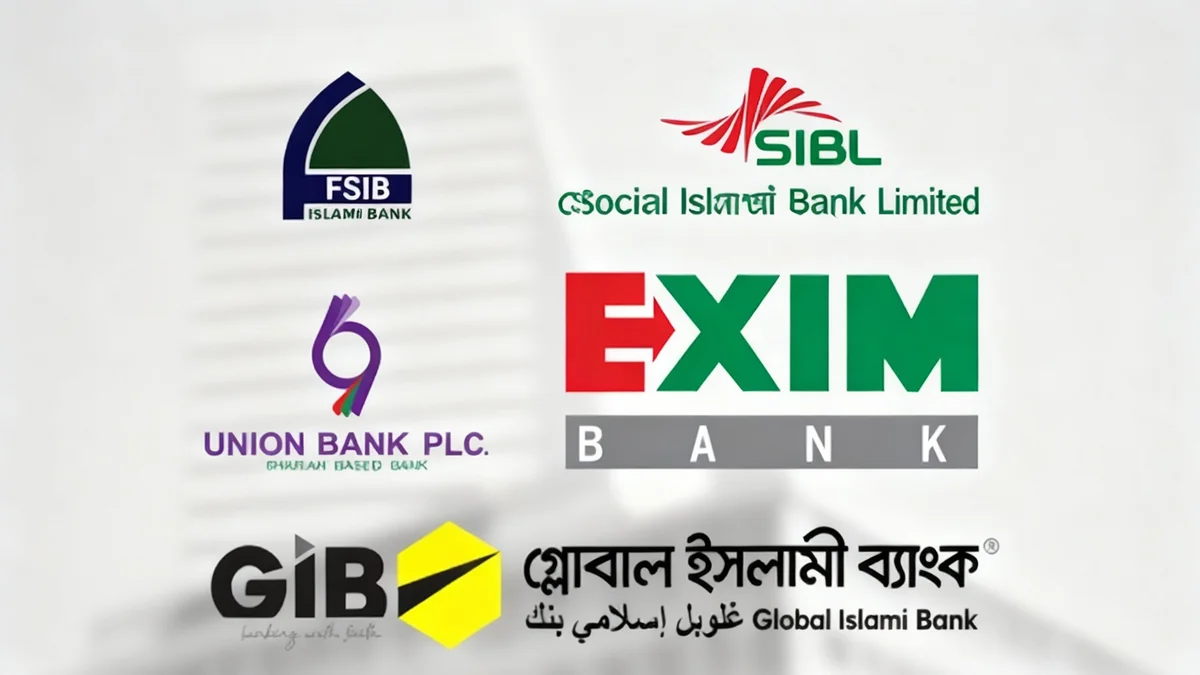U.S. homeowners have a limited window to claim a significant federal tax credit for energy-efficient home improvements. The program, which offers a 30% credit on qualifying upgrades, is set to expire on December 31, 2025, prompting many to evaluate potential projects before the deadline.
This initiative, part of the Inflation Reduction Act, is designed to help households reduce their energy consumption and lower utility bills while promoting sustainability. Understanding the program's rules and deadlines is crucial for those looking to maximize their savings.
Key Takeaways
- A federal tax credit covers 30% of the cost for eligible energy-efficient home upgrades.
- The program has annual limits, typically up to $1,200, with higher caps for specific equipment like heat pumps.
- All qualifying projects must be completed and installed by the firm deadline of December 31, 2025.
- Proper documentation, including receipts and manufacturer certifications, is required when filing.
Understanding the Financial Incentives
The Energy Efficient Home Improvement Credit allows homeowners to reduce their federal tax liability by 30% of the total cost of certain upgrades, including both materials and labor. This credit can be applied to improvements made to a primary residence located in the United States.
The program has specific financial caps that homeowners should be aware of. For many common upgrades like new windows, doors, and insulation, the maximum credit is $1,200 per year. This annual limit allows homeowners to spread out projects over multiple years to claim the credit more than once before the program expires.
Higher Limits for Major Systems
For larger, more significant investments, the credit limit increases. Homeowners can claim up to $2,000 per year for installing qualified heat pumps, biomass stoves, or high-efficiency water heaters. These systems often represent a substantial upfront cost, and the credit is designed to make them more accessible.
It is important to note that these credits are nonrefundable, meaning they can reduce your tax liability to zero, but you will not receive any portion of the credit back as a refund beyond that.
What Home Upgrades Qualify?
The Internal Revenue Service (IRS) provides a detailed list of improvements that are eligible for the credit. The primary goal of these upgrades is to improve a home's overall energy efficiency, leading to long-term savings and comfort.
Common Eligible Improvements
Many homeowners can benefit from a range of qualifying projects. These include:
- Insulation and Air Sealing: Upgrading insulation in attics, walls, and crawl spaces, as well as sealing air leaks, helps maintain a stable indoor temperature and reduces the strain on heating and cooling systems.
- Energy-Efficient Doors and Windows: Installing new windows, doors, and skylights that meet specific Energy Star requirements can significantly cut down on energy loss.
- Heating and Cooling Systems: High-efficiency furnaces, central air conditioners, and especially heat pumps are major qualifying categories.
- Efficient Water Heaters: Upgrading to a modern, energy-efficient water heater can lower the energy required for daily tasks like showering and laundry.
- Home Energy Audits: A professional home energy audit can help identify areas of energy waste. The cost of the audit itself can qualify for a credit.
Stacking with Other Clean Energy Credits
Homeowners investing in renewable energy generation may be able to claim additional benefits. The Residential Clean Energy Credit, which covers systems like solar panels, small wind turbines, and battery storage, can be claimed alongside the Energy Efficient Home Improvement Credit, potentially leading to substantial total savings.
How to Secure Your Credit Before the Deadline
To successfully claim the 30% credit, homeowners must be organized and proactive. The process requires careful record-keeping and adherence to IRS guidelines.
Step 1: Verify Product Eligibility
Before purchasing any materials or equipment, confirm that they meet the specific efficiency standards required by the IRS. Manufacturers often provide certification statements, and the Energy Star website is a valuable resource for verifying product qualifications.
Step 2: Keep Meticulous Records
"Always hold onto your receipts, documentation of manufacturer certifications, and Energy Star labels for the eligible items you purchased."
This documentation is essential proof of your qualifying expenses. Store all receipts for both materials and labor, along with any certification documents, in a safe place. You will need this information when it's time to file your taxes.
Step 3: Complete the Project on Time
The most critical requirement is the deadline. All projects must be fully installed and “placed in service” by December 31, 2025. A project started in 2025 but not completed until 2026 will not be eligible. Given potential delays in material delivery and contractor availability, planning ahead is essential.
Step 4: File the Correct Tax Form
When you file your federal income taxes for the year the improvement was made, you will need to complete and attach IRS Form 5695, Residential Energy Credits. This form is used to calculate and claim your total credit.
Avoiding Common Mistakes
Navigating tax credits can be complex, and several common pitfalls can prevent homeowners from receiving their full benefit. One of the most frequent errors is purchasing products that do not meet the strict energy efficiency requirements set by the IRS. Double-checking specifications before buying is crucial.
Another common issue is incomplete or lost documentation. Without receipts and certifications, it is difficult to substantiate your claim if the IRS requests proof. Finally, misinterpreting the deadline can lead to disqualification. The project must be finished and operational, not just started, by the end of 2025.
By planning carefully, verifying eligibility, and maintaining thorough records, homeowners can successfully leverage this valuable tax credit to invest in a more comfortable, cost-effective, and sustainable home before the opportunity disappears.





